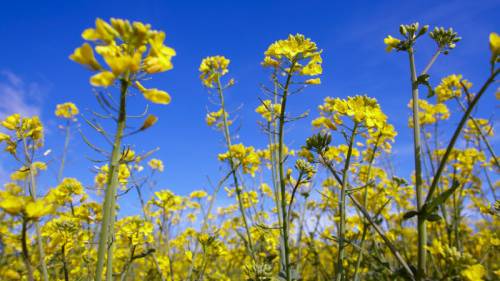Biopesticides: Counting the Cost
In costing out crop protection and crop production products, every grower must place them on his own continuum of importance. From there’s it’s up to the retail agronomist or consultant to build recommendations that fit a particular grower’s plan. And while some commonalities exist, plans can be as variable as each grower. This reality serves as both challenge and opportunity for the full service retailer.
After many years of fits and starts, biopesticides are finding a place on the crop production continuum for an increasing number of growers, and retailers should be paying attention to the trends that are driving their consideration and adoption.
Balance Understanding of Costs and Returns
In Western specialty crop areas where biopesticides have enjoyed a higher profile, crop protection products as a cost outlay for growers have been down the list vs. factors such as labor, water, and energy. But downstream demand from food retail giants such as Costco and Walmart for reduced minimum residue levels (MRLs) of pesticides and global standards requiring MRL data are providing an opportunity for retailers to have conversations about biopesticide alternative programs.
“In the perishable food channel, the grower’s program is essentially dictated to them, and he has to follow the rules that have been set by his customer,” says Peter Niboli, director, California Retail for Simplot.
“Grocery chains are asking for certified traceability and reduced pesticide residues.” Further, the world market is even more demanding in many cases, and exceeding MRLs or and using products that do not have MRL approval could have dire consequences for growers selling produce overseas, he adds.
While the risk of failure is significant for the underprepared, the robust demand for quality produce provides great opportunities for retailers. “The real agenda for the grower is to end up with quality fruits and vegetables that are untarnished, and sell at premium prices,” Niboli says. “If they can do that and meet the standards being requested by the buyer, they not only get premiums, but become recognized as a grower that can deliver.”
The real challenge for costing out biopesticides is delivering on the promise of a more environmentally friendly profile that meets the standards of a potential buyer, and at the same time, delivers efficacy that growers require.
“It’s all about the objective of the grower,” Niboli says. “If you are advising, you are his partner. Understand his goals, objectives, and budget. Being in harmony with the grower is critical, and the grower needs to understand the differences from a traditional program — that it may be more expensive overall. It’s not like comparing glyphosate from two different suppliers. If the higher quality of his crop pencils out to more money per box, he’s getting clear benefit, and the biopesticide program proves itself.” In the Midwest, penciling out biopesticides often hits a brick wall with growers, but a crack has opened up for retailers over the past decade with the recognition of plant health as a yield factor.
“I think the Midwest has been primed for the next step in biopesticides because of the plant health movement,” Niboli says. “BASF pushed the mantra of what [timely fungicide application] could mean to total production and bushels per acre, and growers have seen a return on their investment.”
“The next breakthrough will be a product that enters a plant and not only provides defensive mechanisms for pests, but also increased overall productivity of the plant,” he adds. Also, he expects to see more “tank mixing” or “stacking” of multiple biopesticide products that deliver multiple benefits in a single application.





